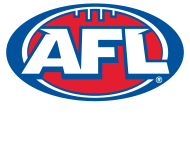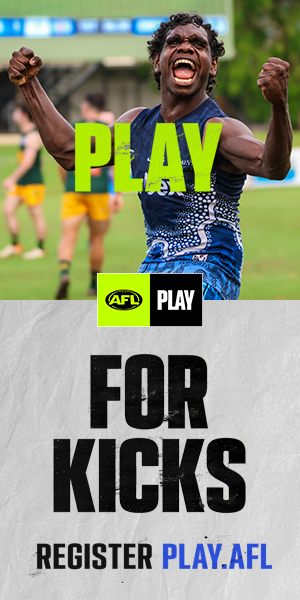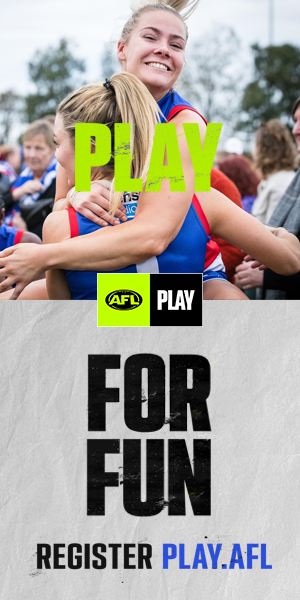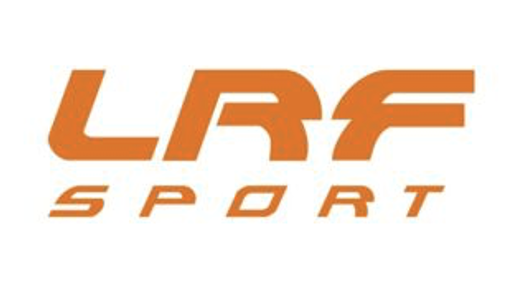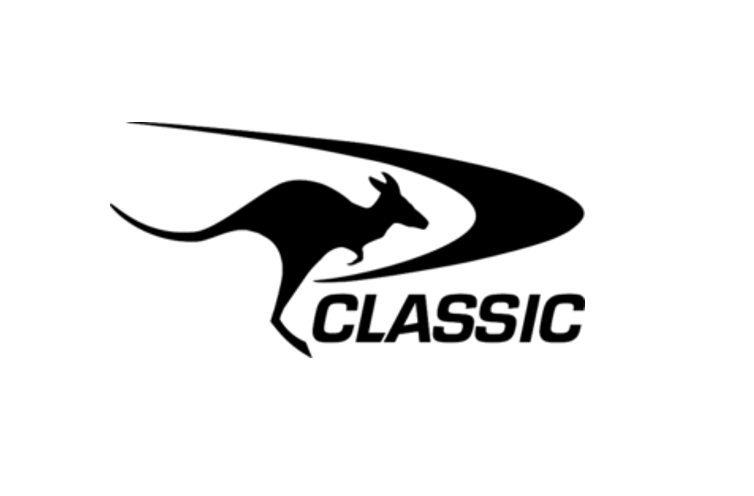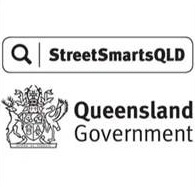It was a huge moment in Queensland football when the VFL Match of the Day came to television in the early 1970s. From 2pm each Saturday, fans would tune in to Channel Seven for the only live coverage of the then 12-team Victorian competition. Overnight, host Peter Cummiskey became the face of the game in the Sunshine State.
It was the beginning of the code’s climb from the time-worn and often despised ‘minor sport’ status to major sport, and the key contribution of the smooth-talking Cummiskey as a media identity and later as an administrator. A contribution more important than is understood by most but appreciated enormously by those who do.
A born-and-bred Queenslander raised in the code-stronghold of Sandgate in the 1950’s and 60’s, Cummiskey played club and school football at Sandgate before following his father into club administration in the early ‘70s. He was involved in the Hawks’ critical move from a council-leased home ground at Deagon to freehold land at Lemke Road.
He became a Sandgate delegate to the League and, unimpressed in 1971 by the QAFL’s decision not to join cricket in supporting a $3 million redevelopment of the Gabba proposed by then Lord Mayor Clem Jones, found himself embroiled in an issue that would haunt the code for 20 years.
The notion of a redeveloped Gabba was central to his vision for the game, and a driving motivation in an expanded involvement which began with a weekly live radio show on 4KQ, then Channel Seven, and later in midweek and match day coverage reports for The Australian.
He was the dominant media identity in QAFL/VFL football from 1972-78, backing up on Channel Seven from the Saturday Match of Day to ‘Sportscene’ on Sunday, where he was the AFL voice on a program hosted by Rod Gallegos, with rugby league’s George Doniger and Mick Veivers, rugby union’s Frank O’Callaghan, and soccer’s Bob Buchanan.
Stints on the QAFL Management Committee and its Promotions Sub-Committee entrenched his belief in the code’s need to return to the Gabba and schedule more interstate games to combat the rugby codes. A 1975 Queensland win over Tasmania at the Gabba was the start of the code’s push, which 12 years later, would see the birth of the Brisbane Bears in an expanded VFL competition.
Cummiskey headed south in mid-1978 to pursue career opportunities in Melbourne and Canberra with the Federal Government, and in 1986 he moved to the West Australian Football League as Chief Executive ahead of the arrival of the West Coast Eagles.
With VFL administrative support, he returned to Queensland in March 1990 as QAFL General Manager to work in the post-Bears/Christopher Skase era, driven by the want and need to win back public support for a club that had made its first home at Carrara on the Gold Coast.
The absence of regular VFL games and a strong VFL presence in the state capital was crucial as rugby league’s State of Origin and Brisbane Broncos, together with rugby union’s Queensland Reds and Wallabies, had seen the code slip significantly in popularity.
It is a little known fact that in 1986, as football bodies around the country were warming to the proposed expansion of the VFL, Cummiskey learned of a crucial piece of intelligence that would change Queensland football forever.
Travelling across the country with the Federal Government, he received advance notice that the WAFL would break from their public position of unity with the SANFL to join the VFL regardless. Knowing VFL directors would not accept one new team, he told QAFL officials of the looming bombshell and quickly the Queenslanders accelerated their own campaign. In 1987, the Eagles and the Bears joined a then 14-team competition, and South Australia was forced to wait until 1991.
From 1990-92, Cummiskey confronted the task of reinvigorating domestic football in south-east Queensland with Bears counterpart Andrew Ireland, applying a model like that which had been successful in Western Australia. Working with the AFL administration and pursuing the Queensland Government in search of increased development funding, he saw such investment treble from 1990 to 1992 as the Bears’ move to the Gabba, ultimately achieved in 1993, gained momentum.
With revenue from gambling machines critical, this was the beginning of a staggered 10-year redevelopment of the Gabba that took capacity from 14,000 to 42,000, saw the introduction of broadcast-quality lighting and ultimately saw the new-look home of football and cricket host soccer in the 2000 Sydney Olympics.
Australian football was ‘back in town’ in Queensland, with participation and local support up, but still most QAFL clubs found the going tough financially. In keeping with a merger concept that was being embraced in the VFL and the SANFL, and Kedron and Wilston-Grange already having joined forces, Cummiskey instigated reviews of the future local competition structure via the Sartor Report and participation growth models via the Douge Report.
But with fiscal constraints greater than in the SANFL and WAFL, pressure grew on the QAFL and its clubs as they grappled with a range of competing agendas for a strong QAFL competition to underpin the Bears and battled increased demands and costs.
Representative performances and QAFL finals were strong as North Brisbane, a merger between Sandgate and Windsor-Zillmere, West Brisbane, a merger of Western Districts and Sherwood, Kedron-Grange and newcomers Mt. Gravatt joined perennial rivals Southport and Morningside in grand finals of a competition smaller in number but greater in standard. All as the Bears qualified for the AFL finals for the first time in 1995 – three years after moving to the Gabba.
Cummiskey used his significant knowledge and experience across Government and industry to effectively lead the state’s major representative body, but financial constraints on QAFL clubs like inner-city Coorparoo and Mayne and the merged Kedron-Grange, West Brisbane and North Brisbane meant no respite for the QAFL and its administration. It was a scenario similar to that which confronted rugby league via the demise of inner-city clubs Brothers and Valleys amid the growth of the Broncos.
In the end, self-interest and resource constraints saw the AFL administration push the QAFL to the brink, and while the mid-1996 Bears/Fitzroy merger was a positive for the code, QAFL directors wound up the League to take advantage of heavily-conditional continued support from the AFL to lower financial demands. Cummiskey was an unwitting and unfair casualty.
But, ever resilient, he moved quickly into an exciting new chapter of his career that became more than 26 years as CEO of QSport, the peak body for sport in Queensland advocating for community sport at local, State and national level.
In March 2023, he retired after almost 57 years in the workforce – 35 years as a CEO in sports administration – and a critical contribution to sport generally and Australian football specifically, particularly in the challenging times in the evolution of the code in the 1970s and the 1990s.
Awarded an OAM in 2018 for his outstanding service, he continues in retirement as a member of the Queensland Sport Hall of Fame selection committee, having established the Hall of Fame in 2009 as part of the Q150 celebration of Queensland becoming a State in 1859.
